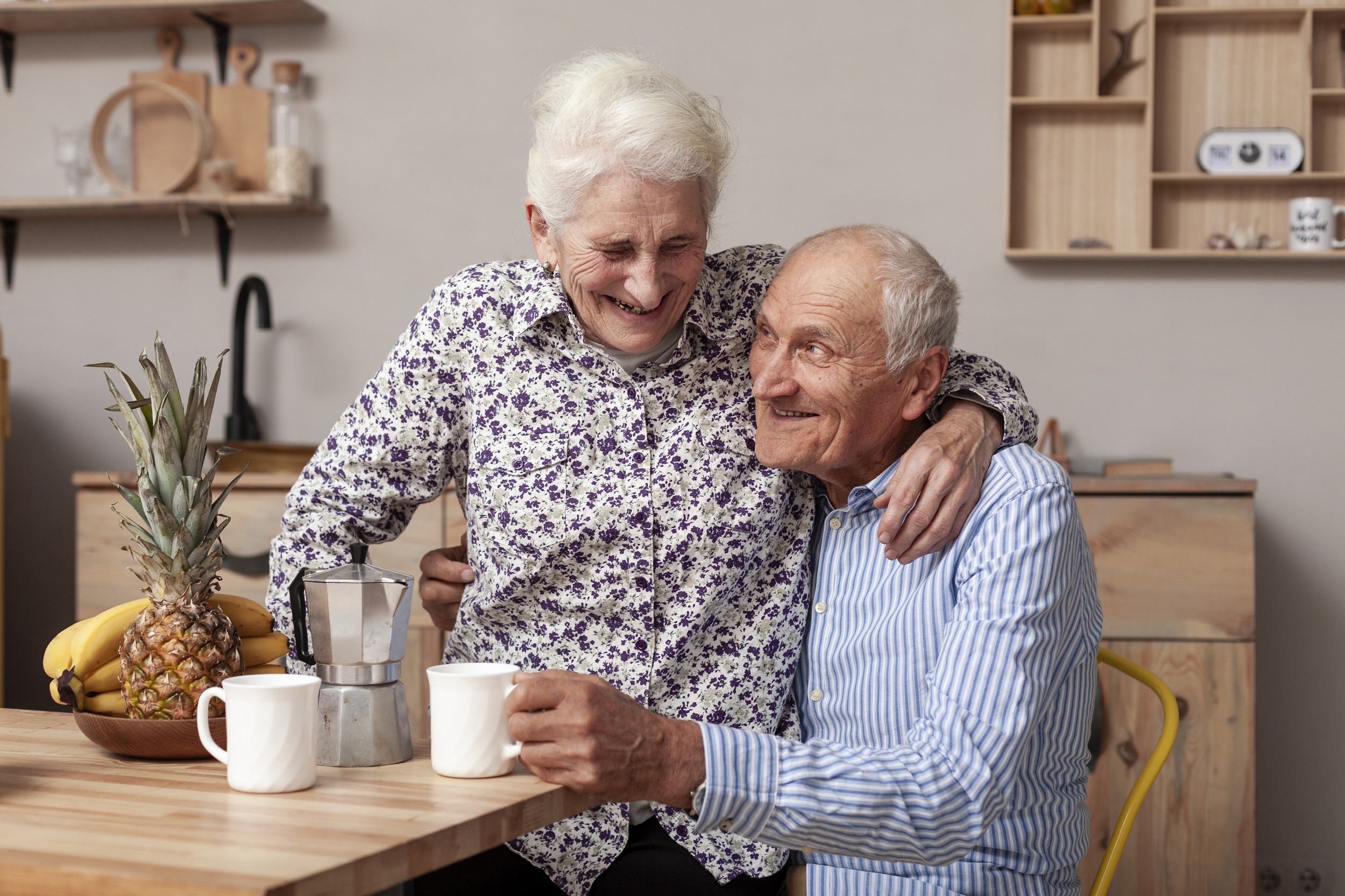Avoiding Falls For Seniors
Falls are a major cause of injuries among seniors, resulting in hip fractures, cuts, and even serious head and brain injuries that can be fatal. And even when there’s no serious injury, a fall can still be so frightening that seniors may avoid certain activities because they’re afraid they’ll fall again.
Whether its slippery floors, rickety stairs, or electrical cords, some of the most common causes of falls are in the home where you might have a false sense of security. That’s why fall prevention starts with creating a safe living space.
This doesn’t have to involve a complete house remodel. You can make your home safe from falls with just a few basic changes. Senior care experts offer the following advice for preventing falls at home:
- Clean up clutter: The easiest method for preventing falls is to keep your home neat and tidy. Remove all clutter, such as stacks of old newspapers and magazines, especially from hallways and staircases.
- Repair or remove tripping hazards: Sometimes home fixtures can contribute to falls, which can then lead to back pain and other injuries. Examine every room and hallway, looking for items such as loose carpet, slippery throw rugs, or wood floorboards that stick up. Then repair, remove or replace those items for more effective fall prevention.
- Install grab bars and handrails: These safety devices are crucial for going up and downstairs, getting on and off the toilet, and stepping in and out of the bathtub without injuring yourself. It is advised to install grab bars by toilets and bathtubs and handrails in stairways and hallways. Have a handyman or family member help with this if necessary.
- Avoid wearing loose clothing: You want to feel comfortable at home, but baggy clothes can sometimes make you more likely to fall. Opt for better-fitting and properly hemmed clothing that doesn’t bunch up or drag on the ground.
- Light it right: Inadequate lighting is another major hazard. To create a home that’s more suitable for the elderly, install brighter light bulbs where needed, particularly in stairways and narrow hallways. It is advised to add night-lights in bedrooms and bathrooms for better guidance at night.
- Wear shoes: Socks may be comfortable, but they present a slipping risk. Preventing falls at home can be as simple as wearing shoes. You can also purchase non-slip socks that have grips on the soles of the feet if shoes are too uncomfortable.
- Make it nonslip: Bathtubs and showers, as well as floors in kitchens, bathrooms, and porches, can become extremely dangerous when wet. To prevent falls on slick surfaces, nonslip mats are recommended.
- Live on one level: Even with precautions like guardrails, stairs can present a significant falling hazard. If possible, live on one level.

